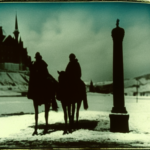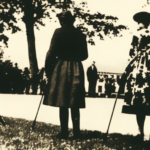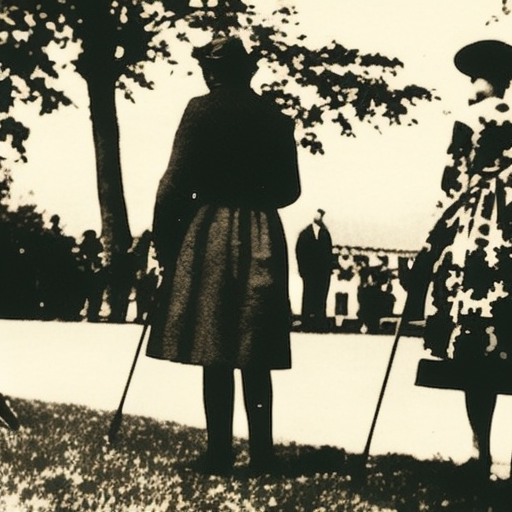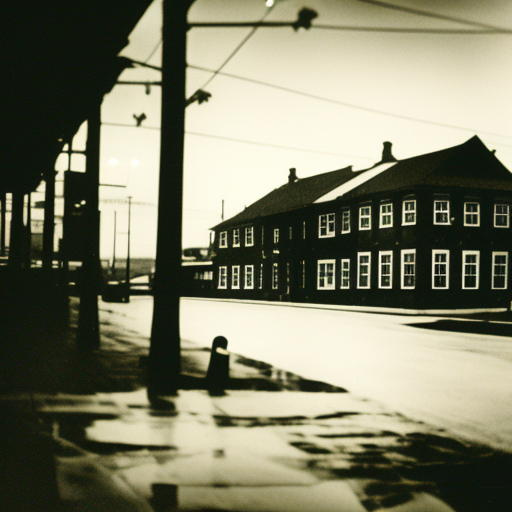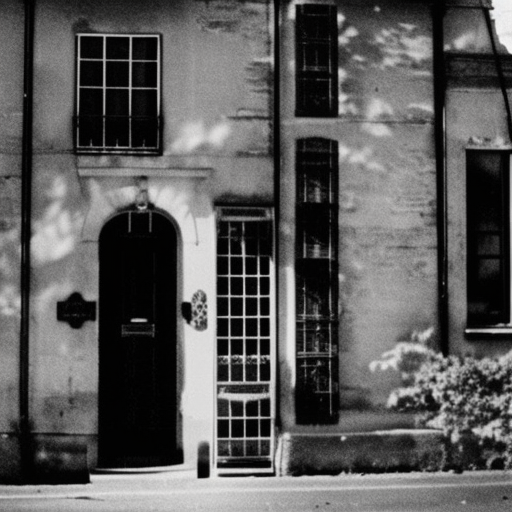The Habsburg Dynasty: A Summary
The Habsburg Dynasty was one of the most influential ruling families in European history, spanning over six centuries. Originating in the 11th century, the Habsburgs rose to power and established their dominance in Central Europe, eventually becoming the rulers of the Holy Roman Empire. Their reign had a profound impact on the political, cultural, and religious landscape of Europe.
Origins and Rise to Power
The Habsburg Dynasty originated in the Swiss Aargau region in the 11th century. The family’s rise to power began with Count Rudolf I, who became the first Habsburg to hold the title of Holy Roman Emperor in 1273. Through strategic marriages and military conquests, the Habsburgs expanded their territories, acquiring lands in Austria, Hungary, Bohemia, and other regions.
The Holy Roman Empire
The Habsburgs reached the pinnacle of their power with their control over the Holy Roman Empire. They held the title of Holy Roman Emperor for most of the dynasty’s existence, with notable rulers such as Maximilian I, Charles V, and Ferdinand II. The empire encompassed vast territories, including modern-day Germany, Austria, the Netherlands, Belgium, and parts of Italy and Eastern Europe.
Religious and Political Influence
The Habsburgs played a significant role in shaping the religious and political landscape of Europe. They were staunch defenders of Catholicism and played a central role in the Counter-Reformation, a movement aimed at combating the spread of Protestantism. The dynasty’s influence extended beyond religious matters, as they sought to consolidate their power through strategic alliances and diplomatic marriages.
Expansion and Conflict
The Habsburgs’ expansionist policies often led to conflicts with neighboring powers. They engaged in numerous wars and conflicts, including the Ottoman-Habsburg Wars, the Thirty Years’ War, and the War of the Spanish Succession. These conflicts had far-reaching consequences, both politically and economically, and shaped the balance of power in Europe.
Decline and Dissolution
The Habsburg Dynasty began to decline in the 18th century. The empire faced internal challenges, including the rise of nationalism and the emergence of new political ideologies. The Napoleonic Wars further weakened the dynasty, as Napoleon Bonaparte’s forces occupied much of the Habsburg territories. The empire was dissolved in 1806, marking the end of the Holy Roman Empire.
Legacy
Despite the dissolution of the Holy Roman Empire, the Habsburg Dynasty left a lasting legacy. Their influence can still be seen in the cultural and architectural landmarks of Central Europe, such as the Hofburg Palace in Vienna and the Schönbrunn Palace. The dynasty’s commitment to Catholicism and their role in the Counter-Reformation also had a lasting impact on the religious landscape of Europe.
In conclusion, the Habsburg Dynasty was a powerful ruling family that shaped the course of European history for over six centuries. Their rise to power, control over the Holy Roman Empire, religious and political influence, expansionist policies, and eventual decline all played significant roles in shaping the continent. Despite the end of their reign, the Habsburgs’ legacy continues to be felt in the cultural, architectural, and religious heritage of Central Europe.

